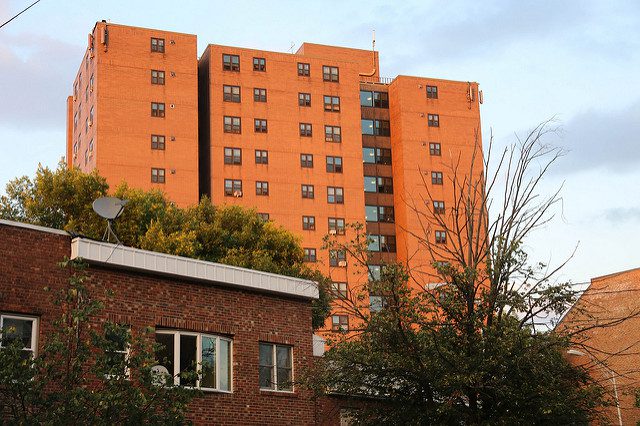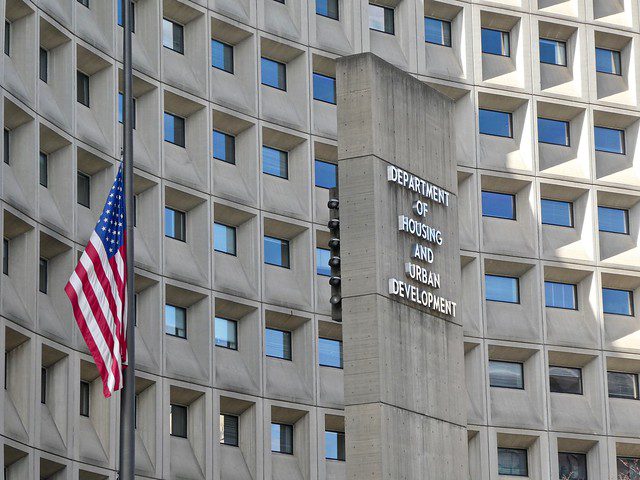The past few months at NHI has been busy and productive.
On November 16th, the National Housing Institute will host a conference entitled Saving Affordable Housing: A Critical Examination of Successful Models. Jointly sponsored by Rutgers University, the conference will bring together experts and activists who have been involved in saving affordable housing from around the nation. John Atlas, NHI president, will introduce the program following a keynote address by HUD Deputy Assistant Secretary Helen Dunlap. Members of federal, state and local governments, Fannie Mae and community development corporations from around the country will then participate in four consecutive workshops. The entire conference is being sponsored by The CIT Group, Beneficial Life, Bell Atlantic, Bank of New York, Chemical Bank, First Fidelity, NatWest Bank and United Jersey Bank.
The conference is a working program designed to help shape Saving Affordable Housing, a major study NHI is now completing. The study examines the elements of success that six very different groups used to preserve affordable housing in communities around the country. The study, sponsored by the Ford Foundation, is under the direction of NHI President John Atlas.
Last year NHI, working with local CDC H.A.N.D.S., Inc., created a small, low-tech factory to produce all the wall panels for five single-family affordable homes. The panel factory was a demonstration project (supported by the Fund for New Jersey and the New Jersey Community Loan Fund) designed to identify ways in which jobs could be created in the local community while meeting its housing needs. The homes are now complete and occupied and the demonstration project is closed. Under the direction of Patrick Morrissy, Executive Director, NHI is now compiling the data and developing a feasibility study and business plan to assess the potential of an ongoing panel factory. The study is being supported by generous grants from the Surdna Foundation and the Victoria Foundation.
Next April, Shelterforce will celebrate its twentieth anniversary. As we move into the next decade, we will do so with increased circulation, expanded editorial coverage and a long-range strategic and editorial plan that will allow us to provide ever-improving coverage of affordable housing and the related issues that are key to the survival of our communities. To help us reach our goals, we’ve recently received major grants from the Annie E. Casey Foundation and the Surdna Foundation.




Comments